Dentistry History can be quite terrifying and unusual. Trust me, back in the day, going to the dentist wasn’t as easy and painless as it is today. A visit to the dentist might be frightening at times, but there is nothing to be afraid of, especially when you check out how things used to be in the past. Studies have shown that dentistry dates back to the early 18th century.
Other studies show that the ancient Egyptians practiced this task countless times, resulting in painful, agonizing moments of sheer agony. The very first recorded quote on quote dentist comes around the year 2500 BC. His name was Hesyre (pronunciation Hesy-Ra), and he was chief of the available dental group at the time.
Have you ever stopped to think for a second and wondered what dentists were like before all of this modern-day technology came around?
Pain and tooth decay are problems we don’t have to deal with anymore. But, those were issues that plagued human society for thousands, possibly even millions of years. Those problems affect humans; this dilemma affects our pets, wild animals, and anything with teeth. But those were issues that plagued human society for thousands, possibly even millions of years. Those problems affect humans; this dilemma affects our pets, wild animals, and basically anything with teeth. Toothaches are also a common problem a dentist can deal with properly. Because nowadays, everything has changed. Today we will start our time machine to show you some interesting facts.
Painkillers Back in the Day
Innumerable dentists around the globe always try to offer a process that keeps our teeth healthy and as pain-free as possible. The people that suffered the most were the patients of old who didn’t have any anesthesia applied and did know the right knowledge of what to expect afterward.
Just thinking of the true pioneers who thought of ways to help us with our oral treatments should be admired in so many ways. Tracing back just a few decades, dentistry has changed drastically due to technological progress before using effective painkillers or even anesthetics. We can’t help but think about the agonizing pain and discomfort any person has to go through. They didn’t have the option to open a drawer and take a powerful pill to get rid of the pain.
First, several men and women were held down by someone you possibly didn’t know while some stranger stuck his hand into a bag and pulled out barbaric utensils to pull out that not-so-white shiny pearl they called teeth. Here is a very brief history of dentistry that had to occur throughout the years to obtain the magnificent results we now know as a Hollywood smile.
Dentistry is first perceived as a useless insignificant task no one viewed as vital, let alone necessary. Dentistry was born throughout Egyptian years which consisted of realizing any dental operation by cramming any of the following into the patient’s mouth, which include:
These would then go into the patient’s teeth or gums.
These operations were nonetheless disturbing. But as we mentioned before, dental surgeries nowadays are pain-free thanks to various intuitive and innovative tools that ease any discomfort a person may feel before, during, or after any operation.
The Horrific Ancient Egyptian Dentistry

The real documented history of dentistry begins with a culture that had tough times getting through weather and climate issues. Their diets consisted of a very poor array of foods with little to no benefit: the ancient Egyptians.
The Egyptian diet mainly consisted of a large variety of grains and very few vegetables combined with very little food high in protein. They didn’t employ quality utensils, not because they didn’t have them, but because they didn’t know about their risk of getting harmful bacteria. If you go back in time and smile at anyone who lived in that time. They would question your origin because they would not know of the proper maintenance of oral health.
Many metallic materials, minerals, and various compulsive things would always end up on someone’s plate. These made their way into their food served to slaves and even the kings and emperors. Those things would cause tooth decay, cavities, toothaches, and many dental problems. Another curious fact about ancient Egyptians is that it was nearly impossible to keep grains of sand out of all of their food, which would contribute to severe oral and overall health issues.
Tracing back to their times, nowadays, debates are taking place as to whether are very ancient records of whether real surgeries were being realized on people. To this day, we aren’t sure if the operations they would do were considered legit dental surgeries. But, there is proof that these practices took place, considered the first tooth extractions. Evidence is minimal concerning dental procedures.
But three cases back up the idea of dental procedures during the time of ancient Egyptians. There is proof that Egyptians used gold teeth or covered a quote-on-quote healthy tooth, representing the work for prosthetic purposes. To stick the tooth in place, they would utilize a tool that represented a modern-day drill, which was not sterilized, to drill into the person’s gum. Which would then pierce the area and use gold or metallic-based wiring to, in a sense, weave through every tooth in complicated fashions.
This form was used to hold every prosthetic tooth in place or was used as a means for cosmetic purposes. The history of dentistry is a rather interesting topic to talk about because of its frightening yet entertaining evolution if you fear your local dentist or any doctor in particular.
Imagine what it was like for the very early guinea pigs, who were utilized to approve or dismiss any procedure that might’ve failed. Just be thankful that you weren’t a patient during ancient Egypt or the 18th century. You might wonder how they would drill into their patient’s tooth; here is a very descriptive and detailed process of how it was done.
Consider that modern electricity or any form of an electric tool was nonexistent. This instrument was called a bow drill—a sophisticated device representing a miniature bow and arrow figure. The string would be tied around a very pointy spike or stake. This string would be around a spike, and the bow-like figure would move back and forth. Imagine playing the cello; moving everything at the same time would cause the spike to spin in a very rapid fashion.
This was a prolonged and challenging process with a meager success rate. They would proceed to drill into that person’s tooth. Finalizing the process with blood all over the place and by no stretch of the imagination was this procedure comfortable.
Luckily, alcohol was massively produced in Ancient Egypt and recorded as early as 4000 BC. To help your imagination run wild, not even the emperors enjoyed this procedure when requiring it. Some even drink potent liquids or beverages to avoid feeling or remembering anything. As time went on, even more, intricate tools were created by Egyptians. Their culture and medicine persevered.
The population demanded the requirement or need for more effective and precise tools. Manufacturing these tools was not an easy task. But they were determined to avoid any pain after any dental procedure.
Decades passed, and the Egyptians obtained tools and much-needed knowledge necessary to realize many surgeries people would need. These would include diverse prosthetics, oral surgeries, and even brain surgery, which had a relatively high success rate. They started drilling directly into cavities and cleaning them out properly. Removing teeth that had too much plaque accumulated over time were removed. And teeth that had an overall bad shape. From there on, dentistry was slowly evolving into what we know today as modern dentistry. Operations and procedures became more complex and heavily focused on removing or, at best, avoiding agonizing pain after the surgery, more like tolerating it.
The Era of Rome
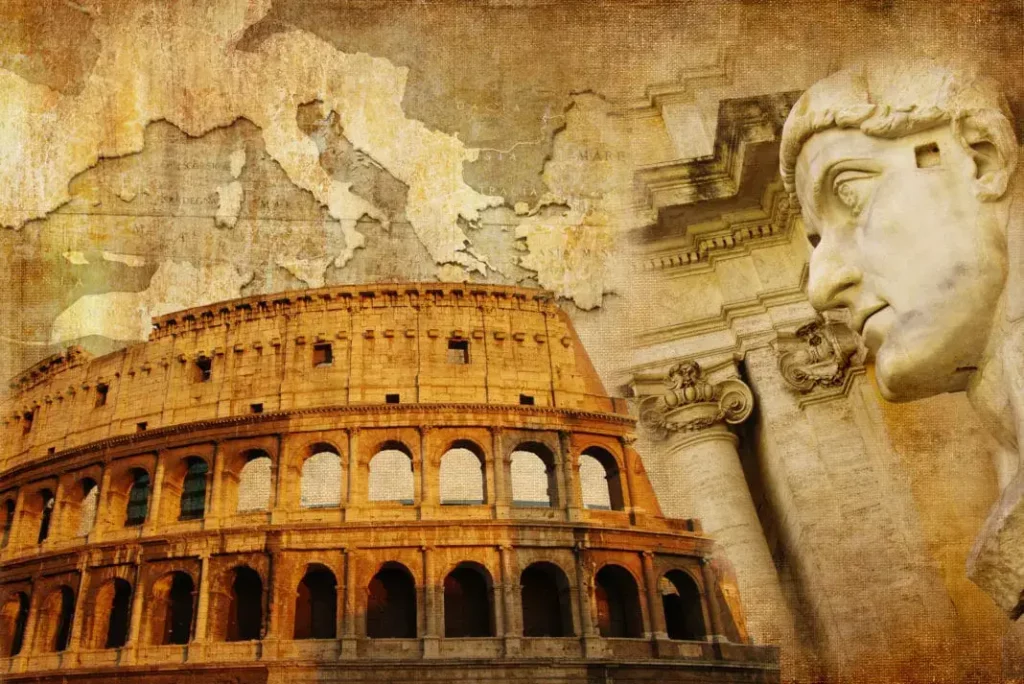
During the years of 700 B.C. until 400 B.C., an Italian civilization called the Etruscans, which would later be known as the humble beginnings of what we now know as Rome. They don’t deserve to be in the honorable mention but in the top 3 sections of contributors to modern dentistry. They created innovative and quite intuitive contributions to dentistry over the entire course of their existence.
Much of their culture would continue into Roman culture and survive throughout history because of the later rise of what we know as the Roman Empire. By the year 700 B.C., the Etruscans were already accomplishing and completing dental implants, which are still used to this day. They utilized animal teeth and bones, gold fillings, and other diverse materials that are not used in modern-day dentistry.
Modern-day implants are now simple yet effective pieces of metal that last a lifetime. Dental implants are surgical fixture that focuses on the area of the patient’s mouth. The final goal is to fuse your bone with the metal fixture. This process happens over a couple of months.
Dental implants today are now considered the highest standard for replacing missing teeth. We will forever be in debt to them because of their innovative methods. They found ways to solder pieces of metal together into bare nerves and cavities to avoid.
And finally, inhibit any pain from having human pulp and nerve endings exposed to debris or artificial elements. As mentioned before, animal teeth and bones were mashed together and formed together to create the very first oral cosmetics. Although they did not last very long, they still presented a solid and natural look once viewed by a person.
European Strength
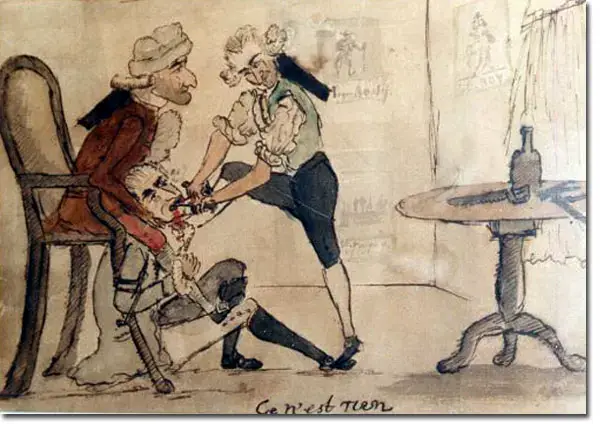
Simple to exchange and easy to create methods of a viable option until the early years of the 1800s. Many tests had to be done to assure that any oral or organ operation or even transplant successfully maintained a person’s life as healthy as possible, or at least the real goal was to keep them alive.
There were zero proper doctors or dentists back in the day. So, improvising was vital to solving any problem that they encountered. Consider them the true pioneers of their era, confronting the unknown.
They did not know they had to wash their hands before attending to a patient to dispose of anyone’s body if they didn’t make it by the end. Before the 18th century, living with pain, discomfort, etc., was part of daily life. Throughout the years of improvising dental work, people lived with spoiled, rotten, or even teeth lost by accident. If anyone felt or was experiencing a toothache, the most probable solution for everyone was tooth extraction. These operations were done by an experienced barber or a rookie dentist.
Innumerable operations were also done by a blacksmith who had little to no experience in the field of what was once the beginning of the field of dentistry. To begin the patient’s operation, the patient that would have a tooth extracted would have to set their head between the barber’s knees.
Many of these procedures would last minutes to even hours with zero anesthetics applied because, at the time, the anesthetic was relatively new or wasn’t thought of during that time. Worst case scenario, the patient would lay on the ground and be held down by other family members or dentists to not punch the rookie dentist in the face in between screaming, movement, tugging, etc.
Many blacksmiths, rookie dentists, barber-surgeons, and other specialists would use distinct tools to attend to every case presented to them. These tools would include hammers, wrenches, turnkeys, etc., to begin or finalize their procedure. All of these tools would accomplish the main goal, which was to extract a person’s tooth.
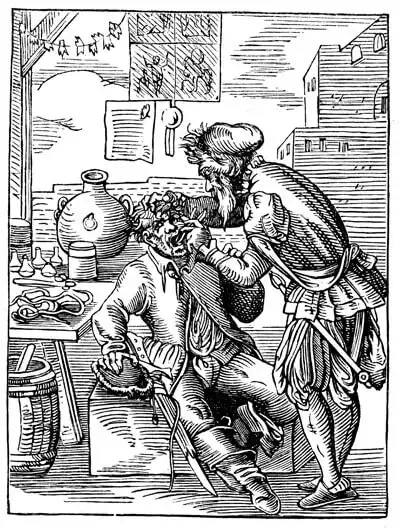
Citizens of those cities viewed all of these as barbaric or even tyrant practices that didn’t have to be done. Usually, when you want to receive a product or service, you might view their website or catalog to make an informed decision about what you are about to buy.
In this case, dental implants, tooth extractions, bone grafting, etc., are pain-free operations if adequately taken care of. In the day, dentists would hang all of the teeth they extracted from their patients by their window to promote and advertise their service to anyone willing to enter and get their teeth removed.
It didn’t matter if anyone was experiencing discomfort or a simple toothache; extractions were the way to go. As we mentioned before, many of these operations were successful but many experienced agonizing pain or infections.
Between their teeth because of an unsuccessful operation or simply because of the condition of the tools. They were used on a patient who was relatively dirty or used on another patient. Remember, back in the day, people didn’t know they had to wash their hands before any operation.
In the end, not all of these extractions were successful, which culminated in taking a toll on the rise of deaths caused because of these operations. Many citizens were ill or would die because of an unknown illness, natural causes, suicide, accidents, etc.
All of these didn’t reach the number of deaths caused because of dental operations. Deaths started increasing because complications after the patients’ extraction or uncomplicated infections became significant infectious diseases that culminated in the person’s death because they were not taken into proper treatment.
Many people noticed the number of deaths caused by this; doubt among citizens began to spread across Europe. And the news would start to arrive all over the towns. Panic would cross from city to city, and citizens would evade any operation, no matter if it were an oral or body operation. Sugar was unavailable or out of reach for those with a low economic status. Sugar consumption was slowly becoming increasingly popular amongst the rich or anyone with high economic status.
During the 18th century, it was apparent that sugar was being implemented in many foods as it was becoming a vital ingredient for the daily diet of those that could afford it. Its increased usage in the citizen’s daily diets provoked the rise of cavities, which was everyone’s worst nightmare if they required an extraction.
Many of those that were amongst the wealthy population began to become very unhappy with their missing teeth because of sugary foods. They feared appearing in public and being made fun of because of those missing teeth. Around the same period, dentists and surgeons started experimenting with implants that were other people’s teeth placed in the empty area. These implants were obtained by a donor’s tooth, who didn’t want anything to do with the tooth extracted from them.
Sugar: the Number One Thread
In a turn of the tide situation, the poor were viewed as a healthy overall population because of their excellent oral habits, one of which was the very little use of sugar in their foods because they could not afford it. Many of the poor would start selling their teeth because of their excellent and overall health conditions.

By selling their teeth, they would have a little extra cash to pay the debts they usually would be behind on. Healthy human teeth were slowly becoming a commodity that many could have.
Newspapers everywhere would start offering high amounts of cash to anyone who would be willing to dispose of their healthy teeth for money. Ads everywhere would promote teeth to the public. Only the wealthy could afford healthy live teeth, but the poor were the only donors available, so the economic balance suddenly changed. Everyone started viewing this as an opportunity and benefited from all the chaos that sugar started.
Corpses were not being buried like they were regularly accustomed to. The teeth of the bodies started flooding the market as a means of help towards the people that we were alive. And that required healthy teeth no matter where we’re from.
The middle class and even the low class started to benefit from this situation as well; they could afford a decent pair of teeth. Grave robbers started to appear everywhere, and cemeteries everywhere were being robbed. Families started to worry about what would happen to them if they were to die and suddenly be taken away.
As time passed, sugary foods and tobacco products became available for the wealthy and the middle class. Their consumption became a massive problem because of the appearance of infections and cavities among the high and low-class populations. The creation of dentures was then presented to the population as a means of replacing all of their teeth.
From the poor to the wealthy population, they all viewed this as a reliable solution to missing teeth, as many would lose their teeth at around forty. A well-known president who started to utilize dentures was none other than the very first president of the United States of America, the father of the red, white and blue nation, George Washington.
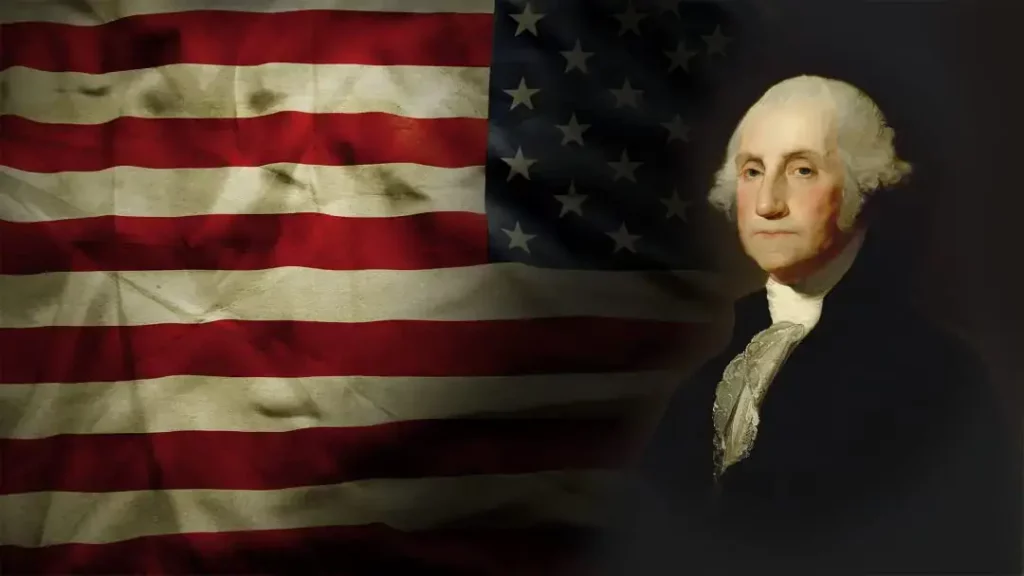
Once the population saw the president wearing dentures, everybody wanted to be in on it. Dentures were relatively new and were made out of corpse’s teeth, and it was quite a struggle to speak with these dentures, let alone eat.
Breathing became a problem as the dentures were not correctly placed and would slide from one place to the other. Time went on, and much of the American population started to become more conscious of the fact that utilizing a dead person’s teeth was not as attractive as once thought. They were unhappy with the short-term results, forcing dentists to utilize other materials similar to human teeth to replace the unclean dentures that were first introduced to the public.
They developed various solutions to the fact that many people wanted and deserved a more suitable product. Dentures would be modified to fit people’s needs now and again.
Coming back to the 18th century, dentists, barbers, blacksmiths, and many more workers would replace a rookie dentist’s place because of their lack of time involved in a very stressful task. So, dentists and barbers were considered to belong to the same group of workers. Because of this, highly skilled and professional dentists consider themselves to be an elite group of individuals.
They knew how to attend to a patient’s needs started. They wanted to be regarded as a different branch altogether, not to be compared to regular people with little experience in the field of dentistry. Those self-proclaimed individuals viewed and identified themselves as highly efficient physicians. Thus creating and paving the way for dentistry to become a very distinct branch of medicine that belonged in its very own field.
French Determination at Its Best
The history of dentistry was modified and changed forever by a person who revolutionized dentistry. A French man who was professional physician named Pierre Fauchard. Who is credited with becoming the father and creator of modern dentistry that is still being practiced to this day?
Creator of the very first book that covered all fields of dentistry.
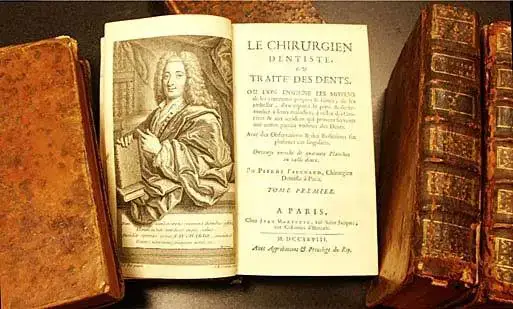
With very detailed tips and procedures that mentioned and taught everything related to dental anatomy. With methods that were modified and are still being implemented to this day. Accompanied utilizing operation and helpful restoration tips.
He created exceptional tools and applied remarkable improvements to all dental instruments. Many people thought tooth extraction was the only solution to toothaches or any discomfort anyone could have been experiencing during an extensive period. These extractions were used for everything; in other words, dentures were the solution after getting all your teeth pulled.
Pierre Fauchard introduced one of our modern-day solutions to cavities or other similar situations. Which, to this day, is considered a breakthrough for modern dentistry. Dental fillings are a simple yet effective way to treat that problem. Nowadays, the materials that compose those teeth fillings are made out of much more effective and durable materials.
One of his ideas was also to attend to patients on a comfortable chair to not treat them on the ground, afraid of swallowing a tooth. Before modern-day dentistry, many people were concerned about a worm causing their cavities, yet Pierre Fauchard put that long-awaited answer to the theory to rest. He rapidly concluded that all sugary foods or beverages contributed to cavities or dental decay.
All of his contributions revolutionized dentistry into what we know as what it today. His ideas resulted in positive recommendations and only helped dentists push boundaries to what was thought of as a simple solution, which was extraction.
One of his ideas that is still being debated to this day but was replaced with mouthwash was human urine as a means of eliminating oral bacteria that accumulate over time. He recommended using your very own urine to wash and clean your teeth. Because of its proven properties that help kill harmful bacteria in your mouth. Fauchard knew that urine contained ammonia that could potentially eradicate oral bacteria.
Which offers its attributes to its properties that are beneficial and provide a positive result in overall health care. But, rely on using an everyday old mouthwash that doesn’t leave you with smelly breath, and it won’t cause you any nauseating effects. Mouthwashes have also created formulas that don’t burn any parts of your mouth and don’t cause a burning sensation.Advancements in Modern-Day Dentistry at its Peek
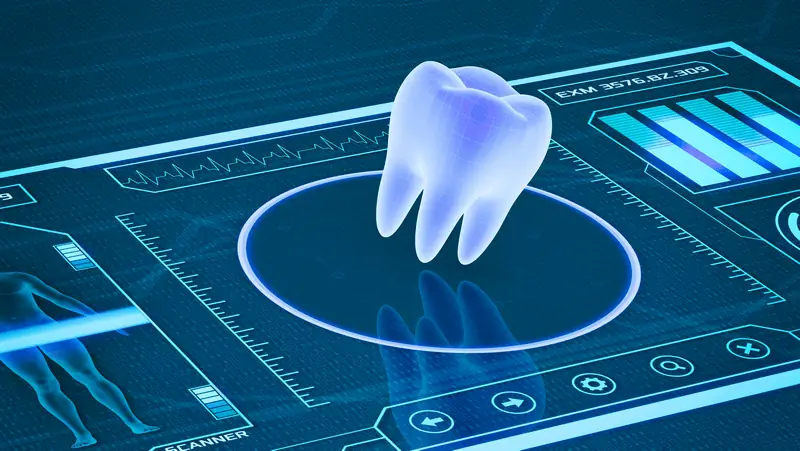
Modern-day dentistry allows digital X-rays to provide a better view of what teeth seem to be causing problems. Digital X-rays are something the ancient dentists wish they had. These X-rays allow dentists to pinpoint the exact tooth that is causing problems.
Dental implants are a procedure that no longer requires painful wrench pulling or tugging with unique and helpful tools that our technology allows us to create, especially with the ever-so-popular 3D printer. These are tools that the blacksmiths were talking about a wish they had. However, with technology growing and expanding ever so quickly. It’s impossible to track every essential new invention provided by dentists exploring new dentistry methods.
Tomorrow’s dentists will arrive faster than expected and even leave our modern-day dentistry behind. Who knows, dentistry might evolve into a whole new different branch in the field of dentistry. Discovering, innovating, exploring, and inventing new ways will create a new world for future generations.
All these stories of people dying, agonizing, suffering, etc., will be a thing of the past. We should be thankful for the people who didn’t want but needed these surgeries to allow themselves to go through all of that.
Thanks to all those dentists that pioneered their way into dentistry.
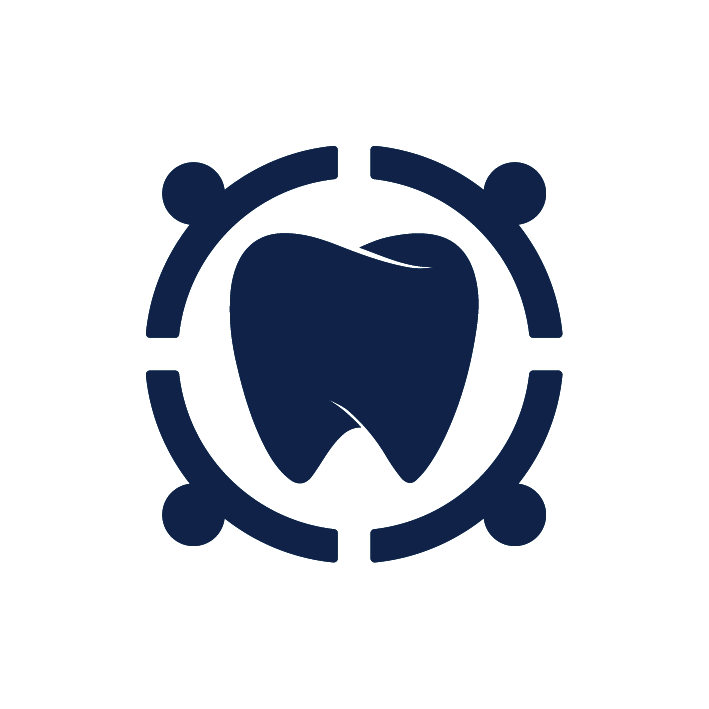
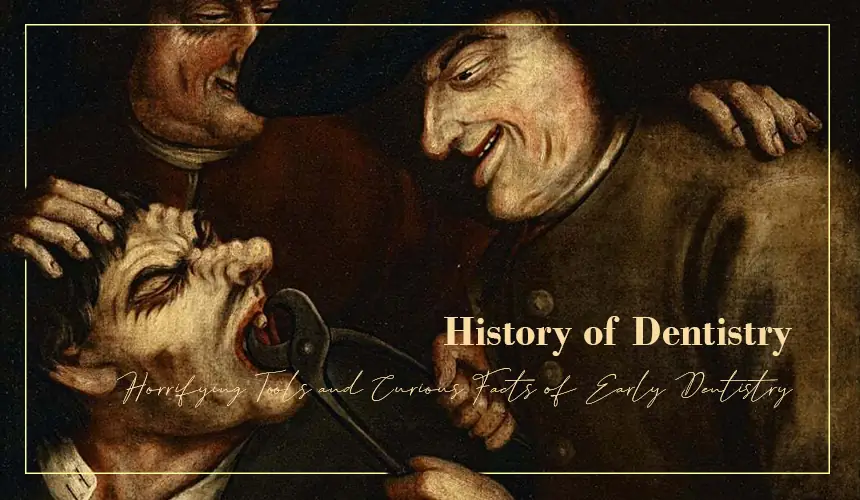


Leave a Reply